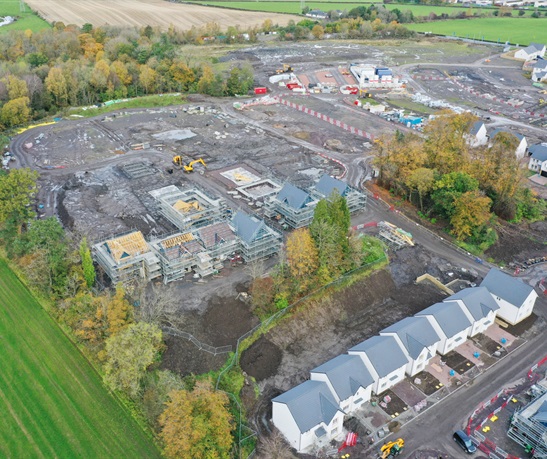An Urban Forestry Permit is required for, but not limited to:
• New construction that requires a building or grading permit.
• Building expansions or additions that are >3,000 sf or 30% of existing 
structure.
• Clearing, Grading, and/or Paving including construction or
reconstruction of a parking lot, or other flatwork or land disturbance.
• Filling, if fill is to be placed within 50 feet of existing trees.
• Sites to be used for urban agriculture.
• Public projects requiring removal of trees 6” or larger in diameter.
• Change of use from one- or two-family residential to any other use.
• Removal of trees that measure 6” diameter or greater at 4.5 ft. above
the ground.
Exemptions:
• Construction or reconstruction of a single one- or two-family residence located
on a lot that is less than one acre in size, if common ownership of lots within
the platted block is less than one acre.
• Development within a Designated Design District.
How to apply for a permit
• Download the Urban Forestry Application(PDF, 2MB).
• Application forms, calculations and site plans may be submitted electronically through the City’s online permitting system. Click here for submittal instructions.
• An Excel Spreadsheet is available to facilitate permit calculations. Click here(XLSX, 439KB) to download the Urban Forestry Calculation Spreadsheet.